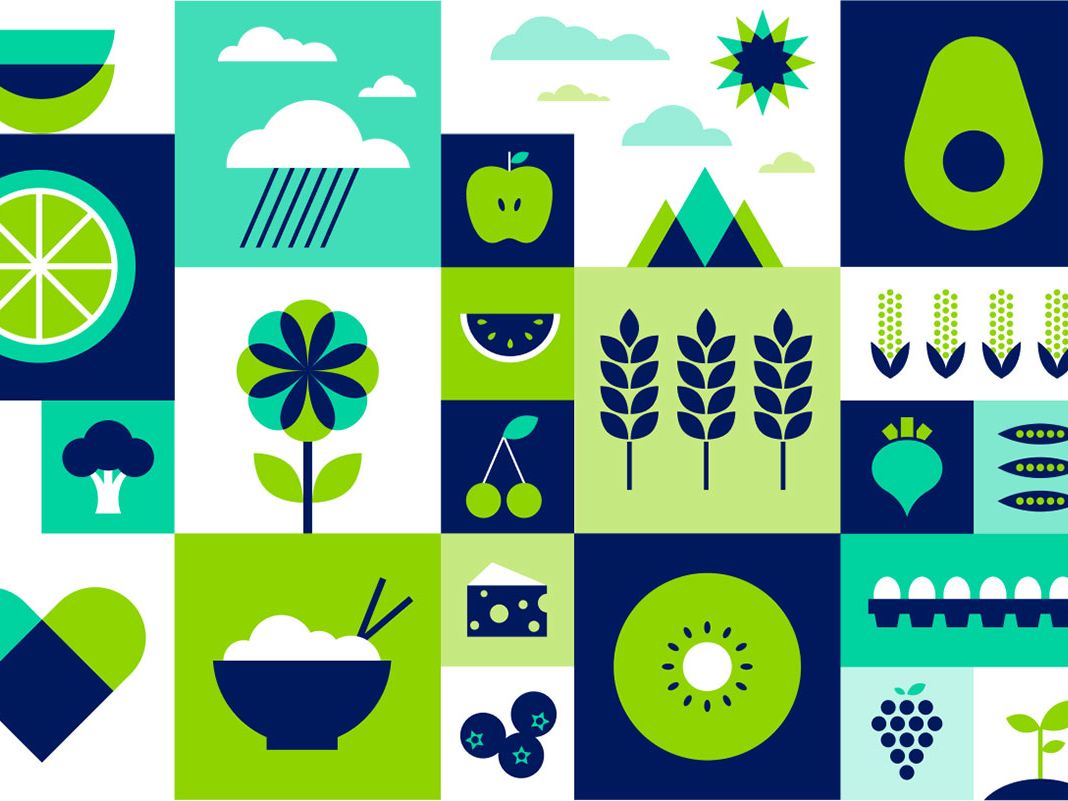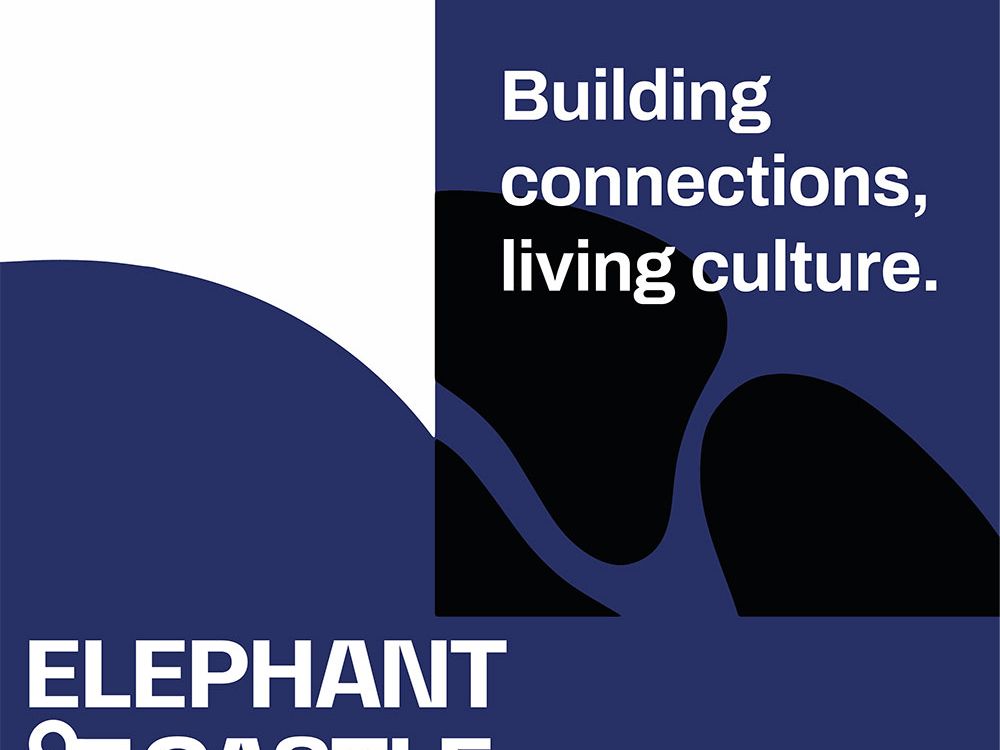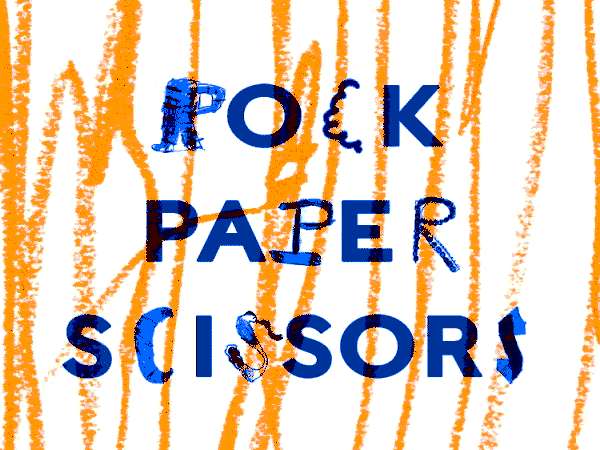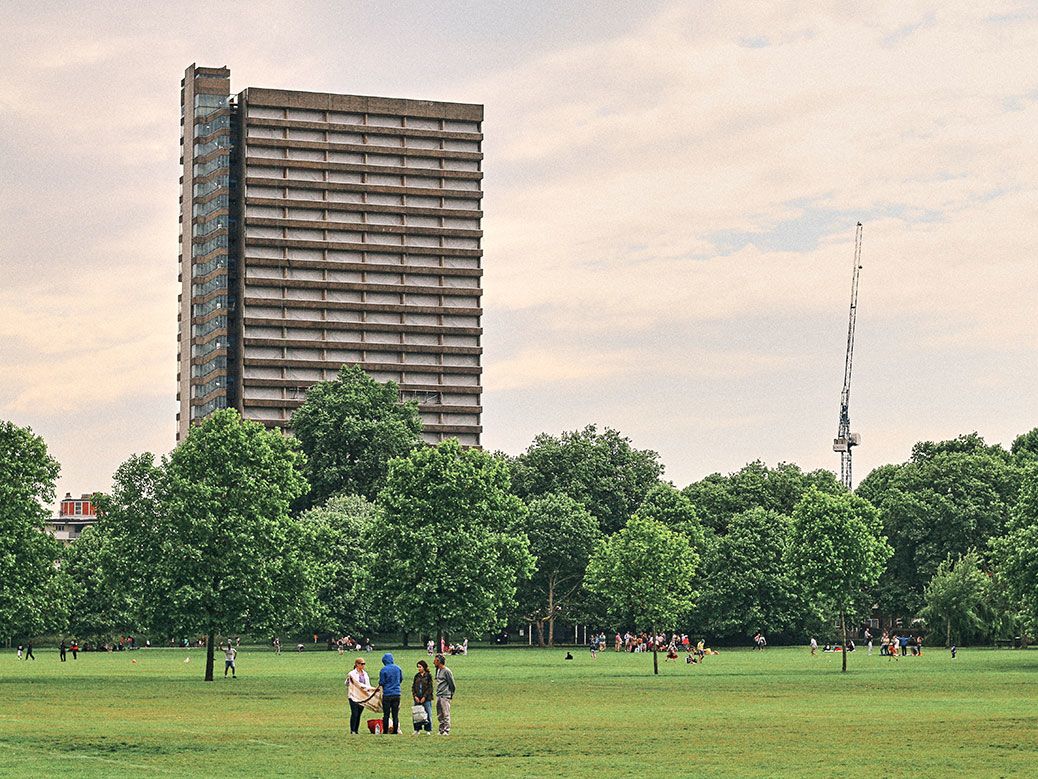
BA (Hons) Graphic and Media Design students develop visual identity for Superarts Academy

- Written byChloe Murphy
- Published date 10 January 2023

Life as a professional creative not only involves the ability to produce bold artistic visions, but also to carefully shape ideas in response to both client and audience needs.
At London College of Communication, we emphasise the importance of this balance by focusing on the development of core practical skills while providing vital experience through dynamic, real-world collaborations.
In 2022, students on our BA (Hons) Graphic and Media Design course were invited to take part in a project with local non-profit organisation, Superarts Academy. Founded in 1962, Superarts empowers children, young people and adults through a range of inspiring activities in dance and performing arts.
Working across genres ranging from ballet, tap and street to acrobatics, gymnastics, jazz and musical theatre, members enhance their creative potential and wellbeing through opportunities that have enabled them to appear in local events and theatre productions, including West End shows.
With the aim of increasing the visibility of the organisation across larger, digitally-oriented audiences, the Superarts team briefed LCC students with the task of developing proposals for a refresh of their visual identity, along with further suggested applications for web and social media.
Given access to a range of information on the background and ethos of Superarts, including its future goals and strategic visions, students were encouraged to take inspiration from the organisation's USPs in the development of their concepts, such as its established history and local connections; emphasis on wellbeing, cohesion and inclusion; and the wealth of professional experience that informs each member's journey.
They also had regular opportunities to receive feedback on their ideas through an iterative process of ideation and development - not only receiving creative guidance from tutors, but also comments from the clients who then selected their preferred design.
We caught up with winning student, Muskaan Sethia, to discuss the process of taking inspiration from key words, capturing the dynamic nature of dance through design, and the importance of gaining industry experience while studying for a degree.

Why did you decide to study BA (Hons) Graphic and Media Design?
I started my journey on the Foundation course at Central Saint Martins, where I initially wanted to study product design or interior design.
However, the world of graphic design completely fascinated me and became a path I wanted to explore - leading me to study it at LCC.
Tell us about your creative practice.
I specialise in branding and typography, and I’m always curious to learn new techniques and strategies.
Ultimately, I think that talking to people and understanding cultures is really what drives my empathetic practice.
How did you first find out about the opportunity to collaborate with Superarts, and why did you decide to get involved?
The Superarts collaboration was one of the 8 briefs that we could choose from for our Final Major Project.
It came as an opportunity to not only expand my branding portfolio, but also as an opportunity to deal with a client and get that real-world experience.

What inspired your initial ideas?
In my personal experience, first ideas never work the best, but equally, they’re important because they need to be out of my brain and onto paper so that I can move to the next one. My initial idea for this project was the same - I didn’t even show it to our client!
From our first few meetings, the key words that stood out were ‘simple and classy’, but that felt a bit too abstract. It became very important for me to assess my audience and design accordingly, and while Superarts is a dance academy for children, my main audience was the parents of these children - so it had to appeal to them, but also look appropriate for kids.
When our client came in, they said they were open to the idea of rebranding but felt hesitant. They were mainly looking to redesign their website and come up with strategies to attract more students, especially after the pandemic. However, I believed a full rebrand was necessary, and it became very important for me to make a strong case as to why changing their whole identity was worth it.

When doing a branding project, I like to create custom typography, which is exactly how I went about this project too. My first few iterations were inspired by the ‘simple and classy’ keywords, and I developed two concepts over a month using the S and A initials.
The first concept (above) was inspired by dance movements and 2 bodies coming together, while the second involved using a ‘wave’ to develop custom typography. With this concept, I was looking at making a dynamic identity where the wave could be used across various platforms as their icon.
The second was taking a wave and using that to develop custom typography. With this concept I was looking at making a dynamic identity where this “wave” could be used across various platforms as their icon.

How did you develop your ideas further?
During my tutorials, feedback suggested that it didn’t work well for a dance academy, hadn’t quite come together yet, and needed to be developed further. While this was disheartening, I realised that I needed to come up with a different concept. With just a week left until our progress check-in with the client, I started to explore a new concept.
I asked myself: how could I depict the playful nature of children, the dynamic nature of dance and the rhythm of music while at the same time keeping things as simple as possible? The answer was the use of shapes - specifically circles.
I developed a few options with this concept in mind, and suggested ways that it could be adapted across different types of media. I was originally going to show all 3 proposed concepts, but my tutor suggested presenting the one I knew and believed would work best - to have faith in my concept. That’s exactly what I did, and the rest is history.

How did you extend the logo into broader spaces and contexts?
Once the concept was well-received, the next thing on my to-do list was to create assets. I wanted to experiment with animation to really bring out the idea of movement and rhythm.
I also wanted the logo to look like building blocks - depicting the idea that Superarts acts as the foundation for children’s dance journeys.
When experimenting with the icon, the ‘A’ turned around looks like a location pin. This icon was used to develop taglines for Superarts - inviting students and telling them that this was the place to be for their respective dance journeys. Current students emphasised the feeling of community and creativity, and that’s something I wanted to put forward through this concept.
What were the highlights of working on an industry collaboration?
The experience of working with a real client is definitely what attracted me most to this project. Additionally, I also got the opportunity to develop my animation skills and work with website design on Figma for the first time.
Being able to explore research methods like primary research, secondary research, marketing strategies and research into using new software was also a highlight, along with the increased responsibility and accountability - it was no longer just a university project that I could completely direct. I enjoyed the challenges that came from working with an industry client.

What have you most enjoyed about your time as an LCC student?
The constant support and guidance from my tutors is definitely something that made my experience at LCC a memorable one.
From being a lost international student to a graduate who is a lot more confident in her practice, I would really like to thank my personal tutors from over the years - Paul McNeil, Svenja Frahm, Sarah Temple, Sian Cook and Owen Wells.
What tips would you give to prospective students who are interested in graphic design?
Explore different avenues of graphic design before carving out a niche for yourself. You never know when inspiration can strike.
Make full use of the workshops at LCC - you won't have access to spaces and places like them as readily or easily available after university.
Related links:
- Explore the work of Superarts Academy.
- Learn more about our BA (Hons) Graphic and Media Design course.
- Find out more about the work of our Business, Partnerships and Knowledge Exchange team.



